An object of mass 'm' is allowed to fall freely from a point A as shown in the figure.

Calculate the total mechanical energy of object at:
Point B
Total energy at B = mg(x + y)
Topper's Solved these Questions
Similar Questions
An object of mass 'm' is allowed to fall freely from a point A as shown in the figure.
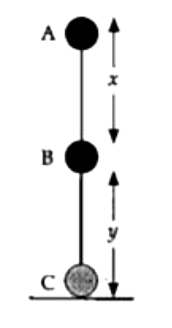
Calculate the total mechanical energy of object at:
Point AView SolutionAn object of mass 'm' is allowed to fall freely from a point A as shown in the figure.
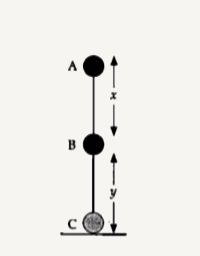
Calculate the total mechanical energy of object at:
State the law which is verified by your calculationsView SolutionAn object of mass 100kg is accelerated uniformly from a velocity of 5m/s to 8m/s in 6s. Calculate the initial and final momentum of the object. Also, find the magnitude of the force exerted on the object.
View SolutionA metal ball of mass 2 kg is allowed to fall freely from rest from a height of 5 m above the ground.
(a)Taking g=10 ms−2 ,Calculate :
(i)the potential energy possessed by the ball when it is initially at rest.
(ii)the kinetic energy of the ball just before it his the ground?
(b)What happens to the mechanical energy after the ball his the ground and comes to rest ?View SolutionA body of mass 10 kg is kept at a height of 5 m. It is allowed to fall and reach the ground.
What is the total mechanical energy possessed by the body at the height of 2 m assuming it is a frictionless medium ?View SolutionAn object of mass m is allowed to fall from rest along a rough inclined plane. The speed of the object on reaching the bottom of the plane is proportional to:
View SolutionAn object of mass 40 kg is raised to a height of 5 m above the ground. What is its potential energy ? If the object is allowed to fall, find its kinetic energy when it is half - way down.
View SolutionFind the charge on the capacitor shown in figure
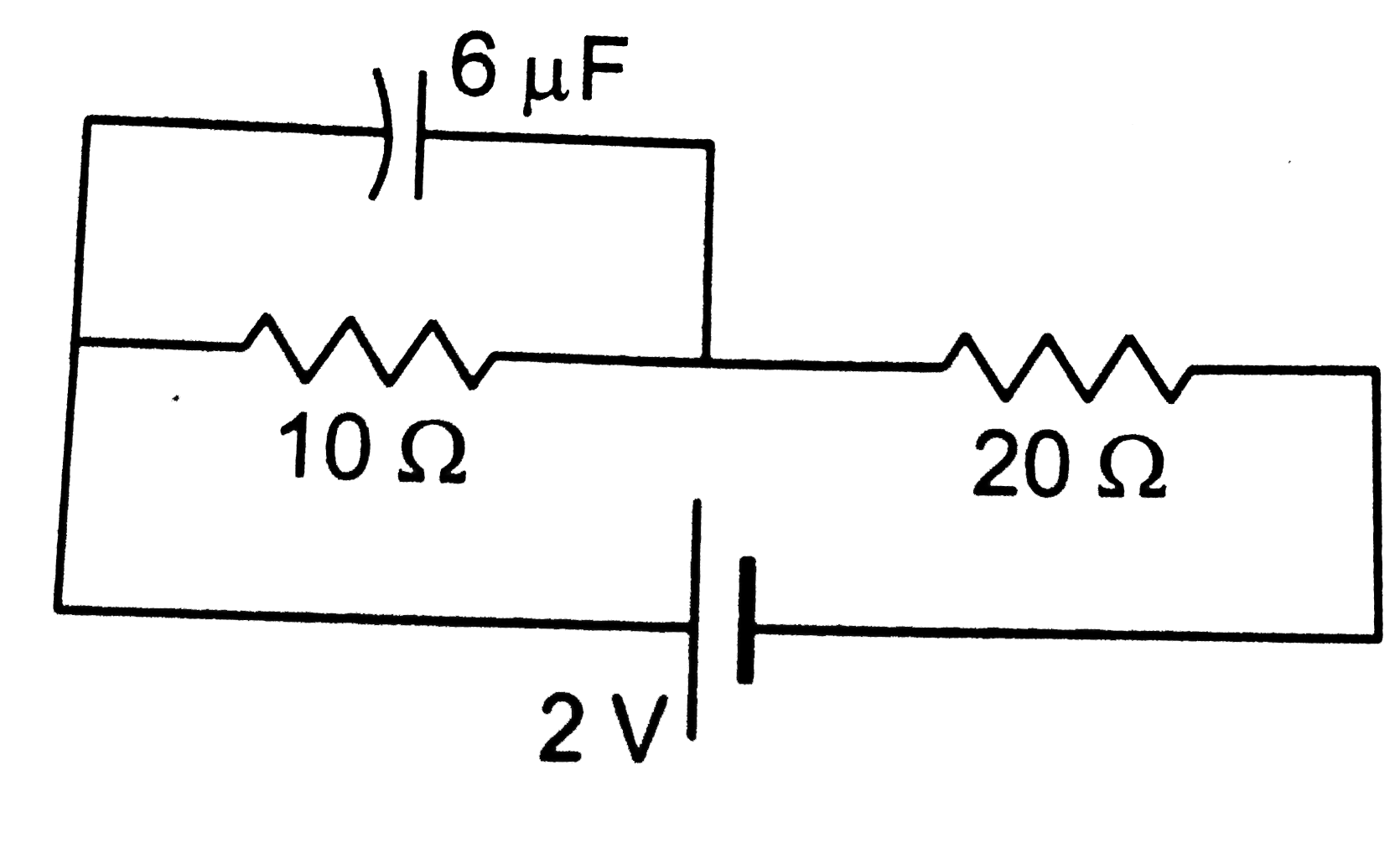 View Solution
View SolutionAn object of mass 5 kg is acted upon by a force that varies with position of the object as shown. If the object starts out from rest at a point x=0. What is its speed at x=50 m.
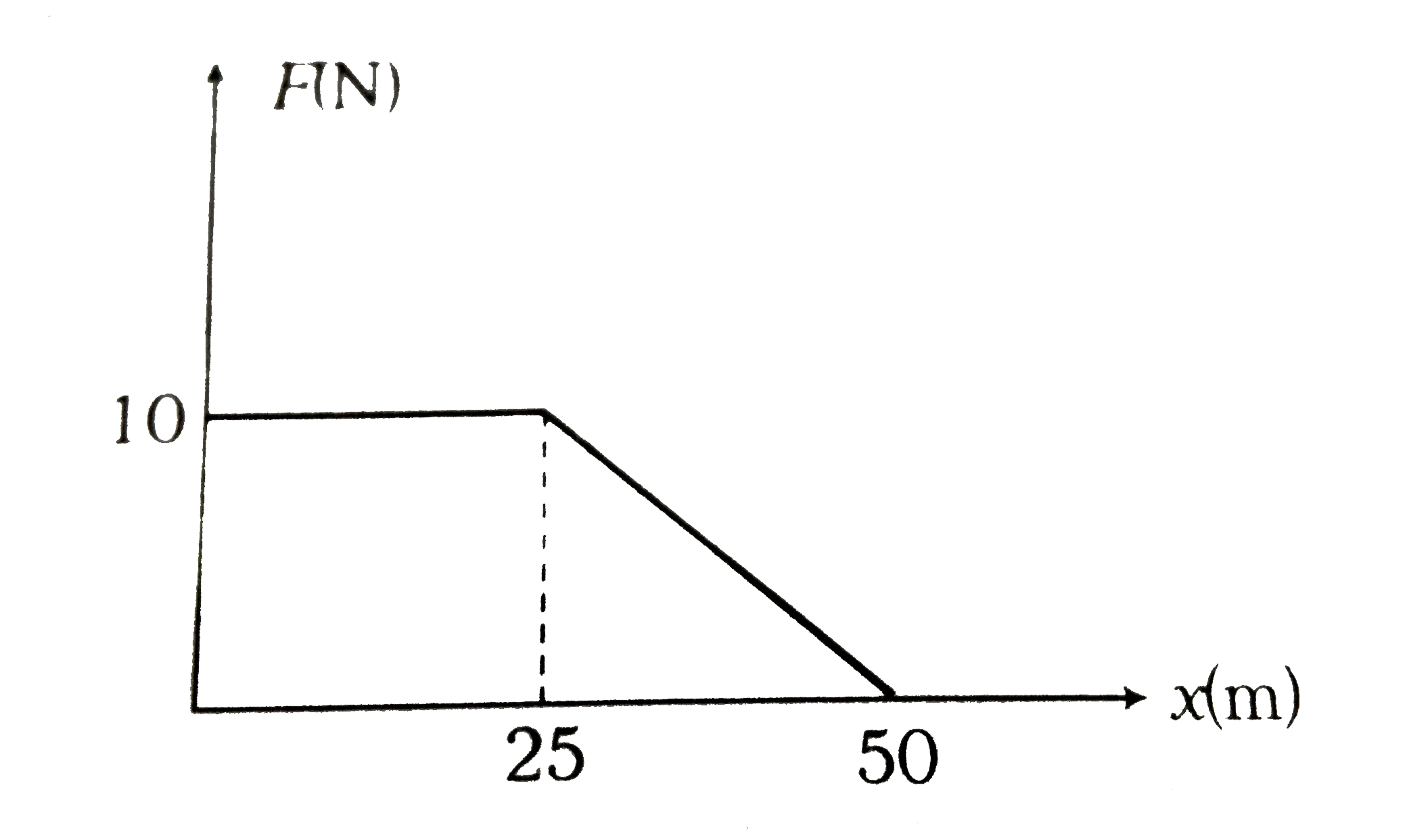 View Solution
View Solution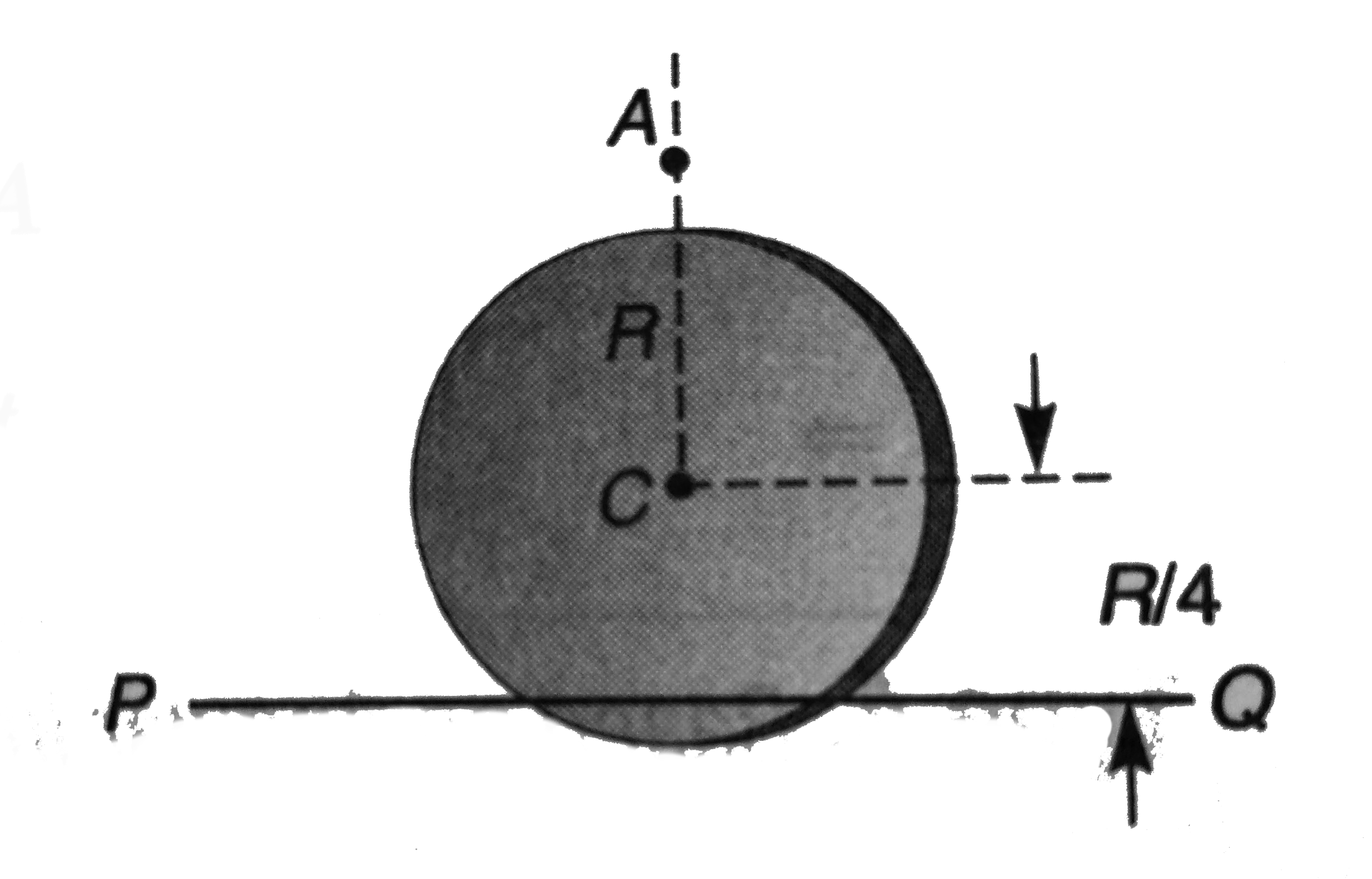
A uniform circular disc has radius R and mass m. A particle, also of mass m, if fixed at a point A on the edge of the disc as shown in the figure. The disc can rotate freely about a horizontal chord PQ that is at a distance R/4 from the centre C of the disc. The line AC is perpendicular to PQ. Initially the disc is held vertical with the point A at its highest position. it is then allowed to fall, so that it starts rotation about PQ. Find the linear speed of the particle as it reaches its lowest position.View Solution

